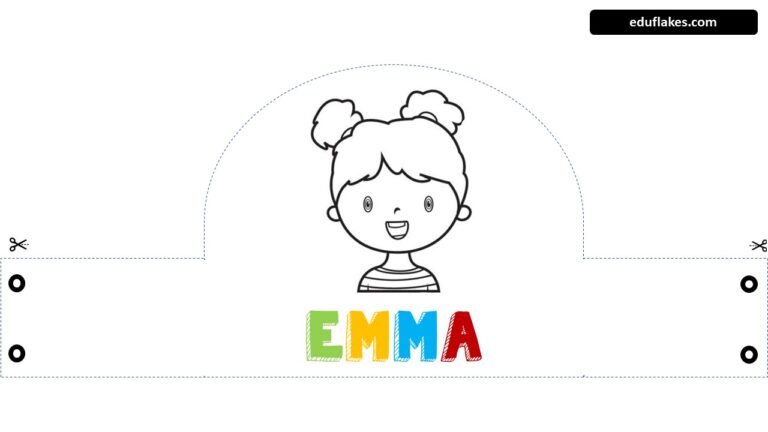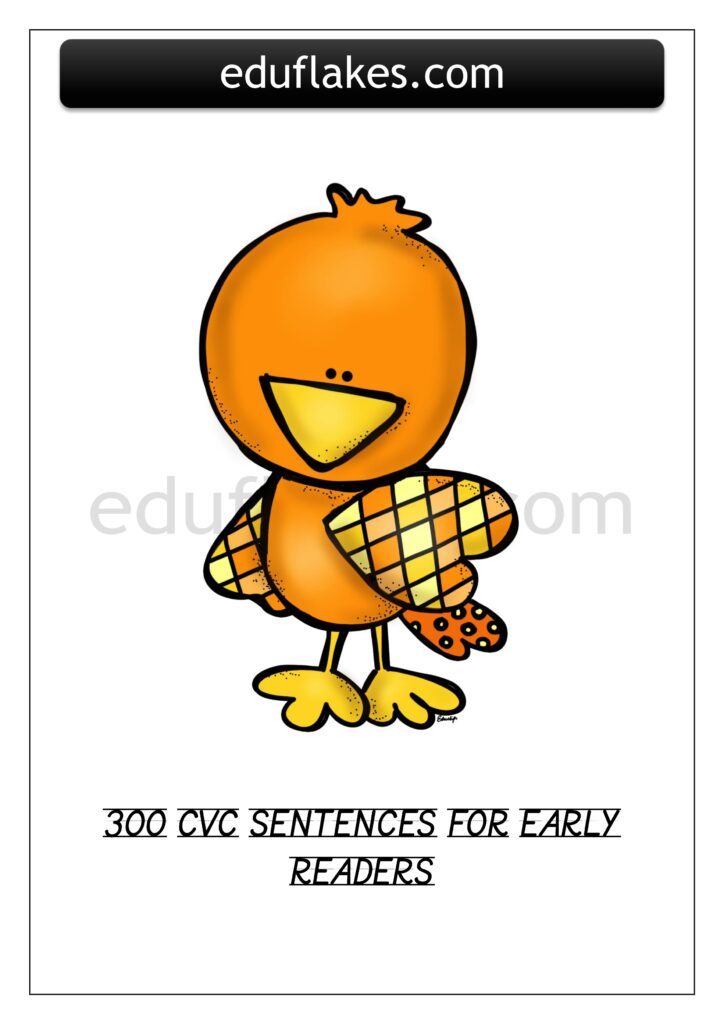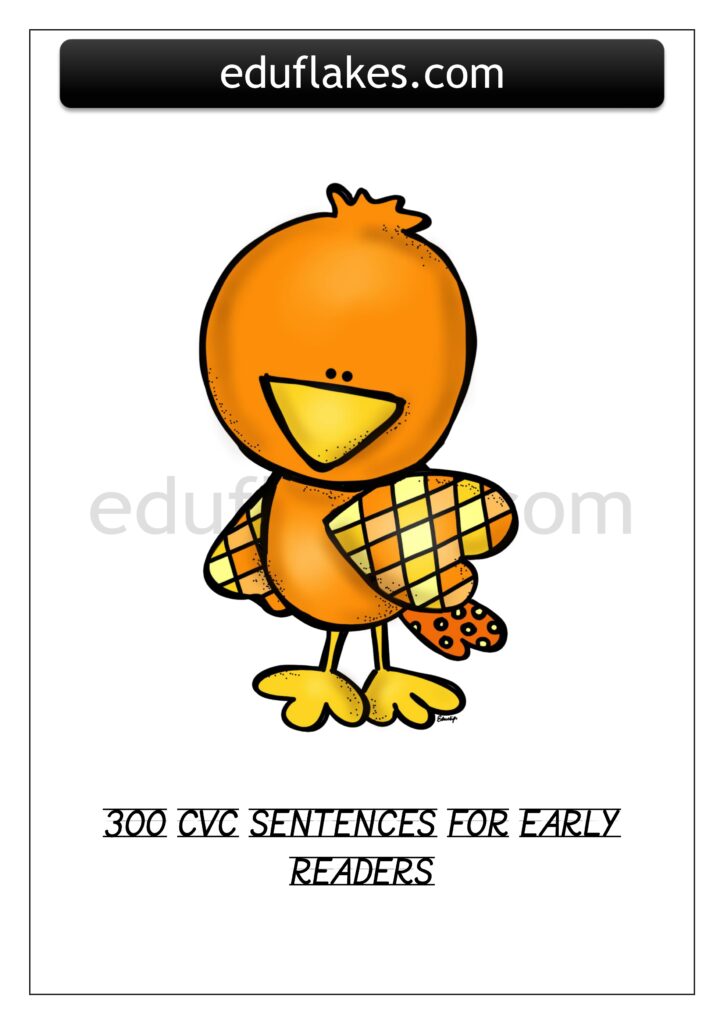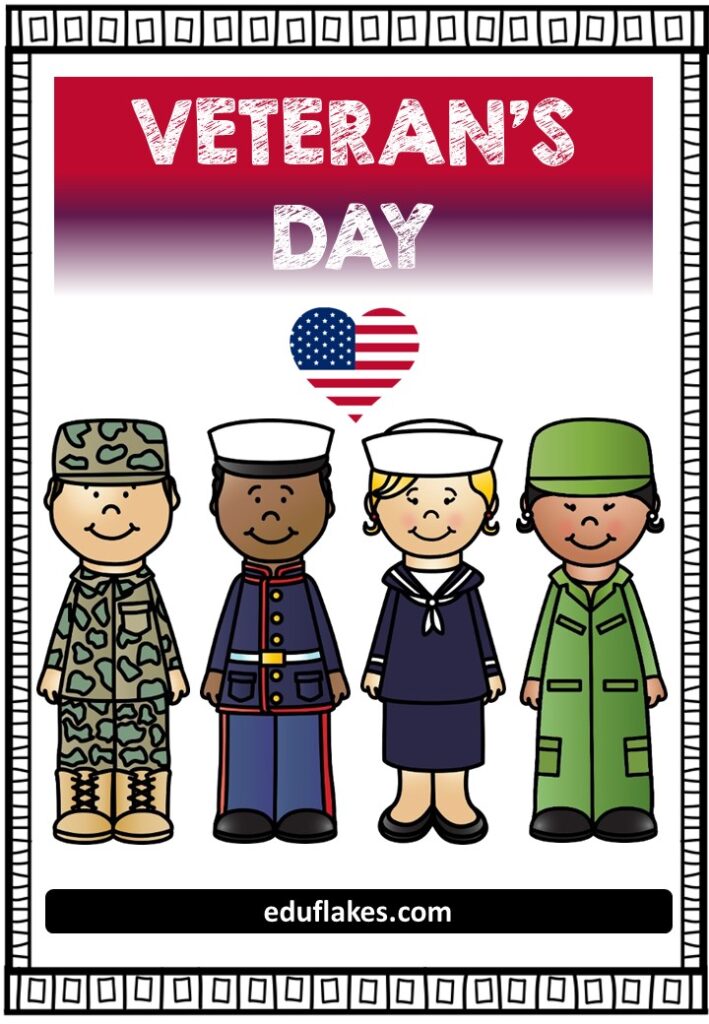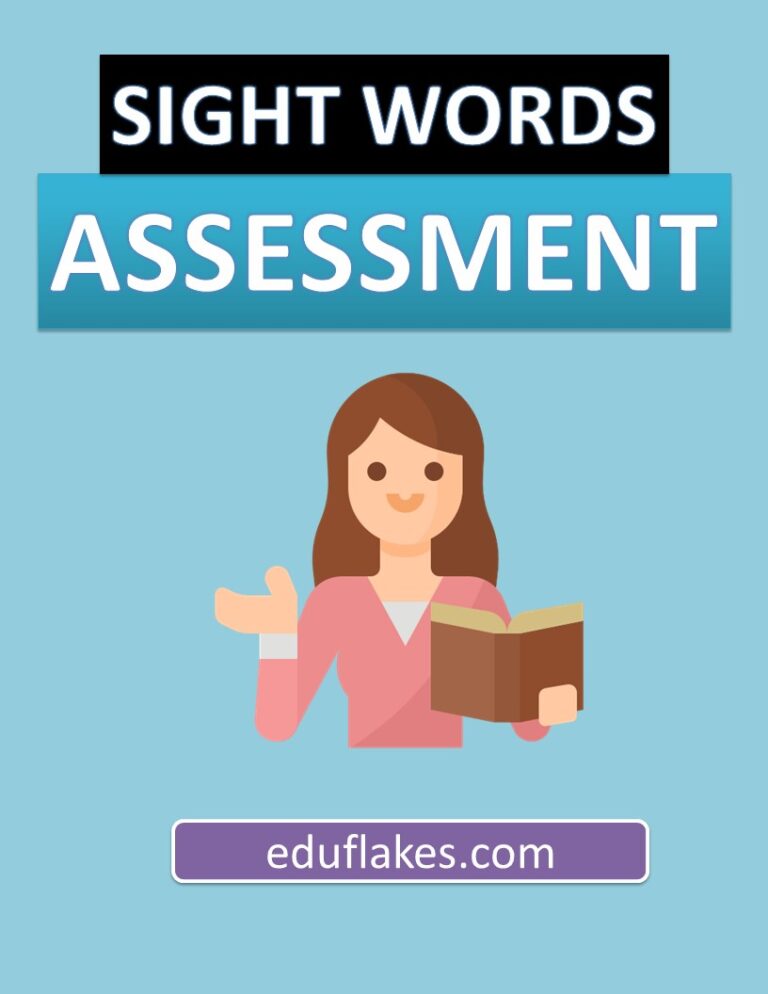Kindergarten circle time is a time set aside for young children to come together as a group and engage in activities that promote social, emotional, and cognitive development. During circle time, children sit in a circle and participate in activities such as singing songs, reading stories, sharing experiences, and playing games. Circle time is an essential component of kindergarten and early childhood education because it provides a structure for learning and fosters a sense of community among young learners.
The importance of circle time can be seen in the benefits it provides to young children. Firstly, circle time helps to build social skills. By participating in group activities, children learn how to take turns, share materials, and communicate effectively with their peers. They also learn how to work together to solve problems and accomplish goals. These skills are critical for success both in school and in life.
Secondly, circle time helps to develop emotional intelligence. By sharing their thoughts and feelings in a safe and supportive environment, children learn how to regulate their emotions, express themselves effectively, and empathize with others. This is particularly important in the early years when children are learning how to navigate complex social situations and develop their sense of self.
Thirdly, circle time supports cognitive development. By engaging in activities such as reading stories, singing songs, and playing games, children develop important cognitive skills such as language acquisition, memory, and problem-solving. These skills form the foundation for future academic success.
Moreover, circle time provides a structure for learning that is predictable and consistent. This is particularly important for young children who thrive on routine and structure. By establishing a consistent routine, children feel secure and are more likely to engage in learning activities.
Circle time also fosters a sense of community among young learners. By coming together as a group, children learn how to support each other, respect differences, and celebrate each other’s achievements. This sense of community is critical for creating a positive classroom environment that supports learning and growth.
In addition to the benefits it provides to children, circle time is also important for teachers. It provides an opportunity for teachers to assess the needs of their students, identify areas of strength and weakness, and tailor their instruction to meet the needs of individual learners. It also provides an opportunity for teachers to build relationships with their students and establish a positive classroom culture.
In conclusion, kindergarten circle time is a critical component of early childhood education. It provides a structure for learning, fosters social and emotional development, and supports cognitive growth. By establishing a consistent routine and fostering a sense of community among young learners, circle time creates a positive classroom environment that supports learning and growth.




